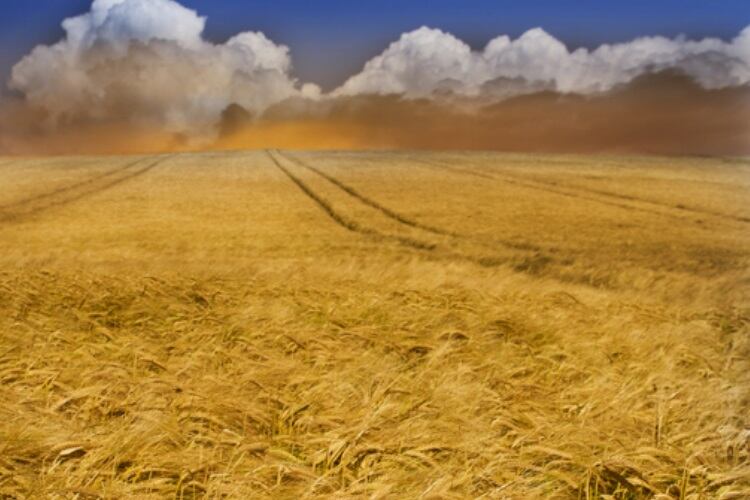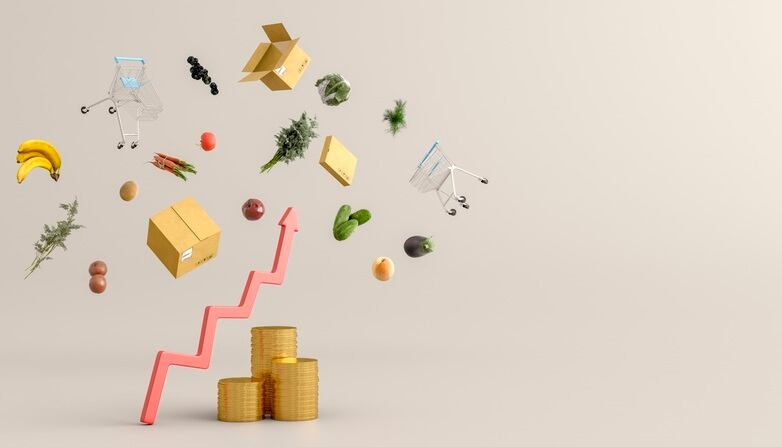The Russian invasion of the country dubbed the world’s breadbasket has triggered a global food crisis.
It has also placed huge pressure on farmers back home who put their lives in danger on a daily basis, especially those close to the front line. They are also receiving a less than fair price for their grain, and have limited storage space for this year’s crop, meaning there is a big chance the grain will be left to rot in the fields.
Ukraine has also accused Russia of stealing its wheat crops in the occupied regions and selling them illegally on the international market. In fact, according to the Russian agency Ria Novosti, “the harvesting campaign [of wheat] has begun in the liberated territories of the region.”
Now Russian forces have been accused of deliberately burning crops – footage shared on social media on Monday (11 July) showed fields on fire – to sidestep the Black Sea blockade.
That situation has reached an impasse: Moscow has indicated it will allow Ukrainian ships loaded with grain to sail if the Ukrainian army clears its ports, but Kyiv refuses to do this in fear for the safety of its Black Sea coast.
“Our Ukrainian grain cannot enter the international market now because ports are not working,” said farmer Oleksandr Chubuk, who expects to reap 500 tonnes of grain this harvest.
“The sea route was the most important. Now, the demand for grain has decreased. Some new logistics routes through Europe are currently being developed. But Europe cannot handle such big quantities of grain.”
The Guardian newspaper reported Ukraine is restoring some of its long-decommissioned river ports on the Danube to try to accelerate exports of the country’s wheat. The port of Constanta in Romania is helping the war-torn country export the cereals. Ukraine is also using 12 border crossings with Europe as an alternative.
Alla Stoyanova, head of the department of agricultural policy in the Odesa region, said 5m-6m tonnes of grain used to be exported every month via six ports in the region. Last month, only 2.5m tonnes was exported, but this was up from 200,000t in March.
What is driving the drop in wheat price?
What goes up must come down, and that includes the conflict-driven spike in the wheat price.
Wheat for delivery in September 2022 closed at $7.84 per bushel a week before the Russian invasion, jumping to $12.79 per bushel. By 1 July, this contract had dropped by roughly one-third, to $8.46 per bushel.
A possible explanation for this is the market may be anticipating that a recession will weaken demand for agricultural commodities.
According to Pat Westhoff, a University of Missouri professor of agriculture and applied economics, and director of the Food and Agricultural Policy Research Institute, declines in the stock market are typically an indicator that investors are less optimistic about the economy.
However, cereal prices remain volatile and have a tendency to blow hot and cold at a click of a finger.
EU cereals production dips
In its latest short-term outlook, the European Union’s forecast for 2022-23 cereal production is 2.5% lower than 2021-22 levels – expected to reach 286.4 million tonnes.
EU exports of cereals are expected to increase by 14% compared to the year prior, partially offsetting the reduction caused by the Black Sea blockage, along with restrictions that have been put in place by some exporters.
Russia and Ukraine together have accounted for about 30% of the world’s wheat exports in recent years. Russia is the world’s largest wheat exporter, while Ukraine is fourth in corn exports and the top shipper of sunflower oil.
The easing of regulations in March to allow the production of any crops for food on fallow land resulted in a 6% increase in planted areas (2.2 million hectares) for protein crops.
Farmers also used this opportunity to plant sunflower, because of its relatively low water and fertilization requirements. Estimated sowing areas of sunflower have reached 4.7 million hectares, an increase of 7.8% over last year. This season, EU sunflower seed production is expected to reach an all-time high of 11.1 million tonnes, an increase of 7.8%.





